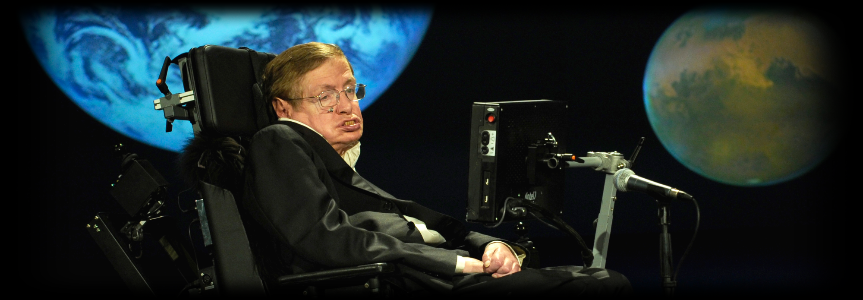ALS
Analysis of the gut microbiome of Amyotrophic Lateral Sclerosis (ALS) patients using the DADA2 workflow
Microbiome of Amyotrophic Lateral Sclerosis (ALS) using 16S rRNA

Photo Credit: NASA/Paul E. Alers.
Amyotrophic lateral sclerosis (ALS) is a neurodegenerative neuromuscular disease that results in the progressive loss of motor neurons that control voluntary muscles. About 20 genes are associated with ALS, most importantly C9orf72, which accounts for about 40% of the cases. In addition to genetic risk, environmental factors such as smoking and physical activity represent potential risks. Among the environmental factors is the gut microbiota, which has been shown to contribute and affect mental health, leading to the emerging paradigm of the gut-brain axis (GBA). Therefore, Hertzberg et al. 2021 examined the gut microbiome profiles between ALS patients and their corresponding health caregivers using 16S rRNA.
Here, we are going to reanalyze the 16S dataset generated from Hertzberg et al. 2021’s published work. The NCBI BioProject accession number is PRJNA566436, composed of 9 ALS patients and corresponding healthy controls (i.e., a total of 18 samples). The entire workflow is executed within R, mainly using DADA2, implemented in the Bioconductor package dada2 (Callahan et al. 2016). Most of the steps are essentially based on the DADA2 tutorial.
Here is the analysis (still work-in-progress) as GitHub Document, knitted from the R Markdown source ALS.Rmd.